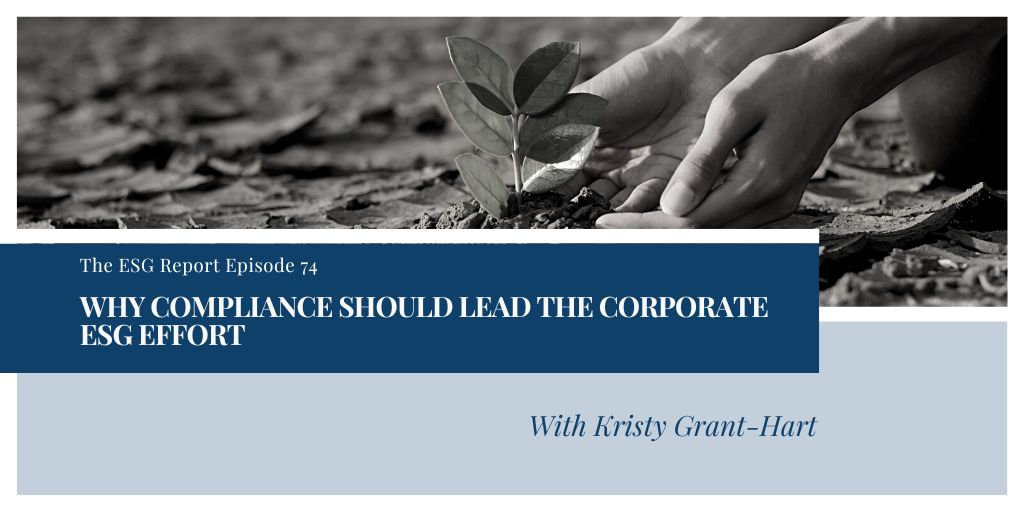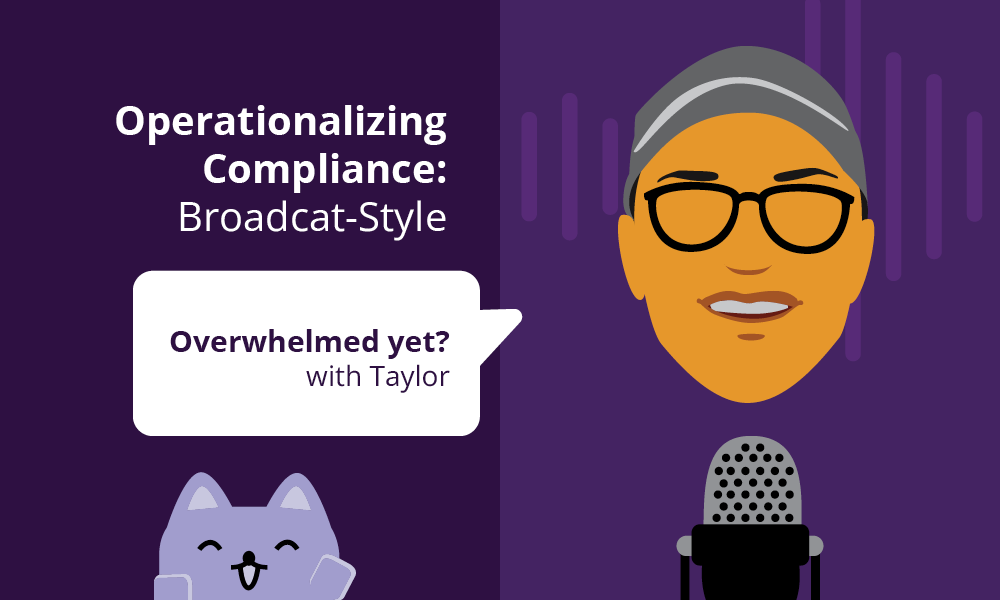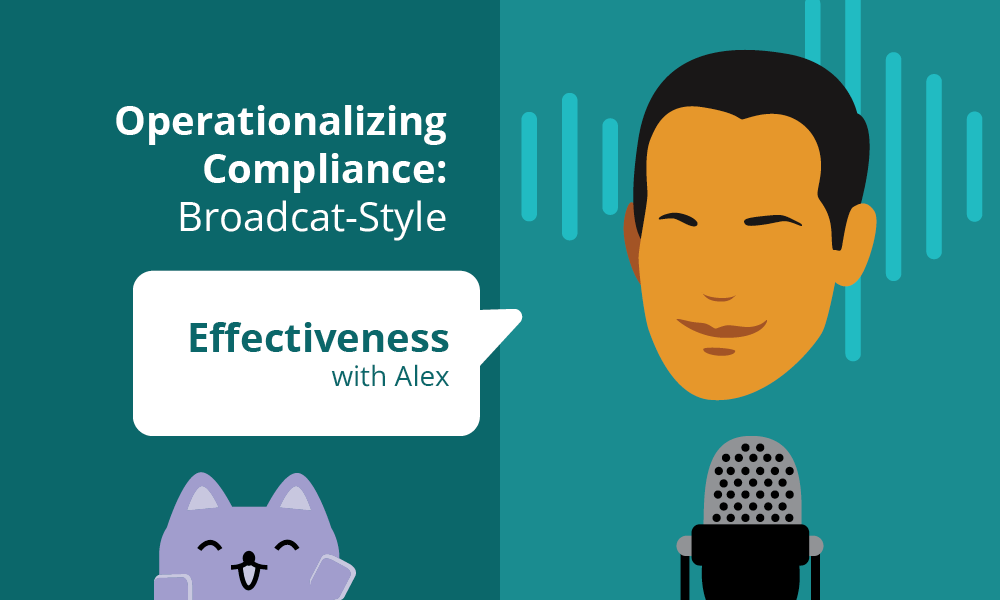Welcome to a special five-part podcast series on Operationalizing Your Compliance Program, sponsored by Broadcat LLC. Over this series, I visit with Jennifer May, Director of Compliance Advisory; Taylor Edwards, Director of Sales; Xinia Pirkey, Design Manager; Alex Klingelberger, Chief Executive Officer (CEO) and Jaycee Dempsey, Director of Customer Success. We consider a variety of ways to more fully operationalize your compliance regime, including the design and effectiveness of your communications, why the operationalization of compliance is a team sport, why simply data is not the answer and how to avoid being overwhelmed. In Part 4, I am joined by Alex Klingelberger, where we take a deep dive into effectiveness.
We began with a question about data and data analytics. I asked Klingelberger what might a CEO question a Chief Compliance Officer (CCO) about when the CCO brings data about the compliance program. He explained that it is not simply data but “data, plus.” He would further inquire into such areas as, “How did you collect the data? Who are the people that are involved in the data? What did you ask them? What was the data that you have collected and how it going to prove to both regulators and the business folks how to use it.”
He provided the example of annual compliance training program, where the effectiveness is measured with a “single yes or no question that says, did all the constituents certify that they had completed the annual compliance training program; so that you ended up with a score of 100% completion.” Alex said his first question would be, “what is that worth to us?” This is because the data “simply conveys a unidirectional, transmission of information to the people in the business and you have not necessarily improved the quality of those individuals understanding of their business.”
We also discussed the danger of “patronizing communications”. This is a type of communication which is oversimplified to the point where any person, not just a person who’s working in that business would implicitly understand what is right and what is wrong and therefore know the answer they are supposed to get. Something like “Is bribery bad?” is not something you need to train employees on. What employees need is something more useful which addresses given situations, about what bribery looks like and provides a pattern recognition for employees to avoid it.”
That you are really looking for in effectiveness is engagement. Klingelberger noted it is “instrumental that engagement to form the basis for better bilateral communicating between compliance folks and business folks on the frontline. But it is more than communications up and down, from compliance to employee and back. It is using training and communications to facilitate discussions between employees, their managers, their mentors and others about specific situations; how we should be acting and what things that we should and should not be doing in the course of business.” He believes such discussions are the essence of compliance communications and training.
We turned to the user experience as delivering compliance information in topic focused or risk-based bite-sized pieces, on a more periodic and frequent basis is a better way to deliver compliance training. This can facilitate your employees engaging with not only compliance, but it also engagement with managers and fellow employees so that the communication or training fosters an ongoing conversation on a variety of topics; outside of interactions with the compliance function. “This is the outcome you should desire with your communications or training. Something that is going to engage employees, be thought-provoking or thoughtful; yet if they have a question, they can either raise their hand and contact the compliance function or compliance can direct them to a resource within the company such as on a website or FAQs.”
We concluded by tying back to where we began, with some thoughts on data and effectiveness. Klingelberger considers that effectiveness also informs how compliance should be collecting data and providing it to business leaders. He believes, to the extent possible, your compliance function should “use the same systems and software that your business uses to collect data, to collect your compliance data.” He provided some examples; “if you’re a sales shop, a HubSpot shop, if you primarily work on Excel, maybe those are the systems that you should be using to collect your compliance data rather than a completely separate standalone program that both you and your employees only see once a year and generates limited output.” The key is to “make it easier for your business leader through the data that you are providing them by using data which is familiar to them.”
Join us as we conclude with Part 5 where we discuss how to avoid being overwhelmed.
For more information go to TheBroadcat.com








